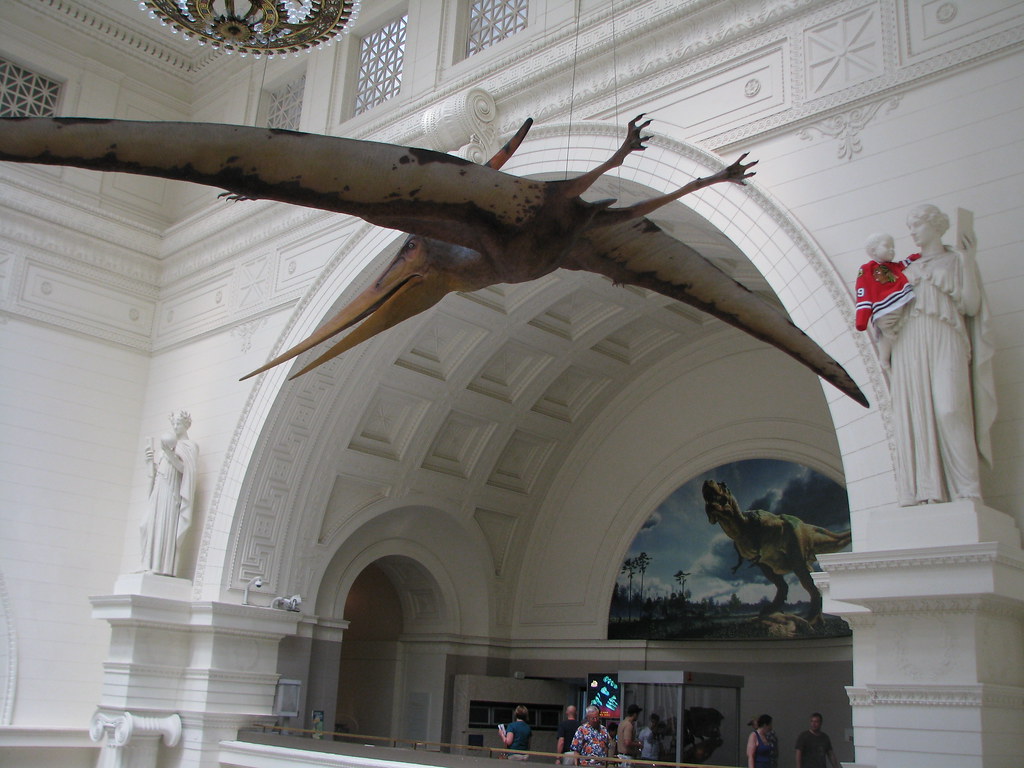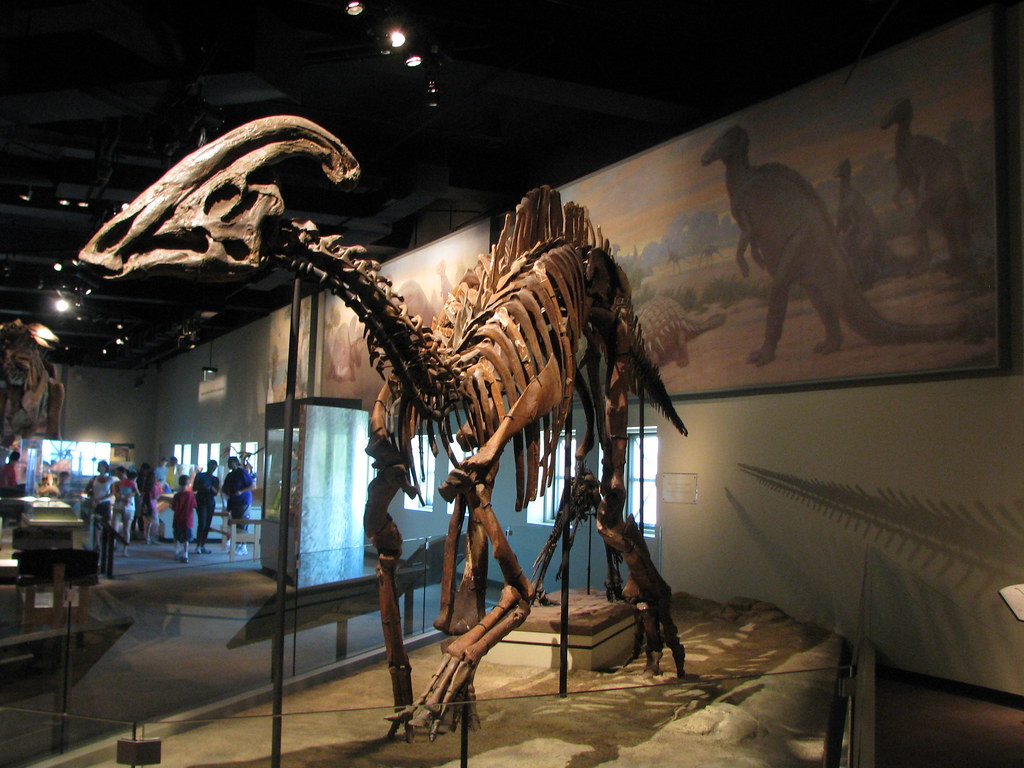In the News
The month kicked off with Brussatte et al's response to the Ornithoscelida paper from this spring. What this team has found? Basically, we don't know what dinosaur phylogeny in the broadest scale looks like. It's equally plausible that any of our current models are correct. At the base of the tree, we're dealing with a bunch of similar, hard-to-distinguish Triassic critters, and we need more of them to resolve the issue of what the tree looks like up in the limbs and branches. Read more at Live Science.

New research describes the post-apocalyptic world of the early Paleogene. Read more at Gizmodo.
Also looking at that post-Mesozoic world, a new paper demonstrates a shift from nocturnal to diurnal lifestyles among Post-K/Pg mammals. Read more from UCL.
Can we infer body mass from ichnological traces? New research using sauropod tracks from Copper Ridge aims to do just that. Read more from David Moscato, writing for Earth Magazine.
Do you lek it like that? Seems some Jurassic theropods did. Read more from Brian Switek at Laelaps.
Around the Dinoblogosphere
Andy Farke speaks out for Grand Staircase-Escalante National Monument at the SVP blog.
Hopefully, you've had a chance to read Asher's insightful interview with Mark Witton from a couple days ago. Be sure to also read his recent piece for the Atlantic, which used the publication of Dinosaur Art II and Taschen's Paleoart to examine the history, present, and future of paleoart.
Which taxa were crowned the top ten open access fossils of 2017? Let's just say the fish lobby really stepped up. Read the list at PLoS.
At the Celestial Troodon blog, Midiaou Diallo shares his thoughts about the recent Sinosauropteryx paper.
Venturing out of the Mesozoic, Zach Miller has a wonderful post on borophagine dogs, specifically Aelurodon, as he was able to procure a nice cast of the holotype fossil in the SVP silent auction this year.
Victoria Arbour traveled to spain for the Dinosaurios 2.0 conference, and writes about her experiences at Pseudoplocephalus.
Writing for the Guardian, Brian Switek muses about a world in which the KT event didn't happen.
Liz Martin-Silverstone wraps up her series of 150 cool facts about Canadian palaeontology at Musings of a Clumsy Palaeontologist.
Are you aware of the "birds are not dinosaurs" crowd, but perhaps not completely clear on their arguments? Well, Darren Naish has written a post at TetZoo that will be a huge help to you. One thing I didn't realize about the BANDits is that "they’ve – I think unwittingly – moulded themselves into a distinct social group, even going so far as wearing special badges at conferences." Wow.
Matt Wedel loves Xenoposeidon and it's honestly extremely adorable. Darren also discusses the last ten years of Xenoposeidon in the literature at TetZoo.
The Empty Wallets Club
May I suggest smashing this link to our annual dinosaur gift guide?

One thing I missed and probably would have included in the guide is Mark Hallett's 2018 calendar. Thanks to Matt Wedel for calling attention to it at SV-POW!
The LITC AV Club
PBS's Eons covers feathered dinosaurs in its latest episode. But why oh why did they use Damned Dromaeosaurs for some of the art?
The Saurian team previews their latest patch. Can't wait to play it! I'll need a new PC, but I'm patient, and they're continually working to improve gameplay.
Brian Engh showed just how much TLC goes into each of his pieces in a recent video condensing an hour of his process down to about a minute.
In the podcast world, Tyrannosauroidea Central's Thomas Carr shares a series of YouTube interviews he sat for with Arsen Kazaryen, and The I Know Dino crew caught up with Dr. Michael Habib recently.
Crowdfunding Spotlight
Help Annalisa Berta and Susan Turner, writers of the upcoming book Bone Hunters: A History of Women in Vertebrate Paleontology, head to SVP 2018 to conduct video interviews related to the project. Donate at GoFundMe.
If you're into dinosaur art that's on the silly, pulpy side, check out the Kickstarter campaign for Charlie Chiodo's book of dinosaur illustrations.
A Moment of Paleoart Zen
This month inspired by a post on Facebook about how tyrannosaurs might best down an ankylosaur, I'm featuring Thai artist Nattawut Wongta's recent piece depicting T. rex victorious over an Ankylosaurus. Love the look in the tyrant's eye. Check out more of Wongta's work at DeviantArt.























































